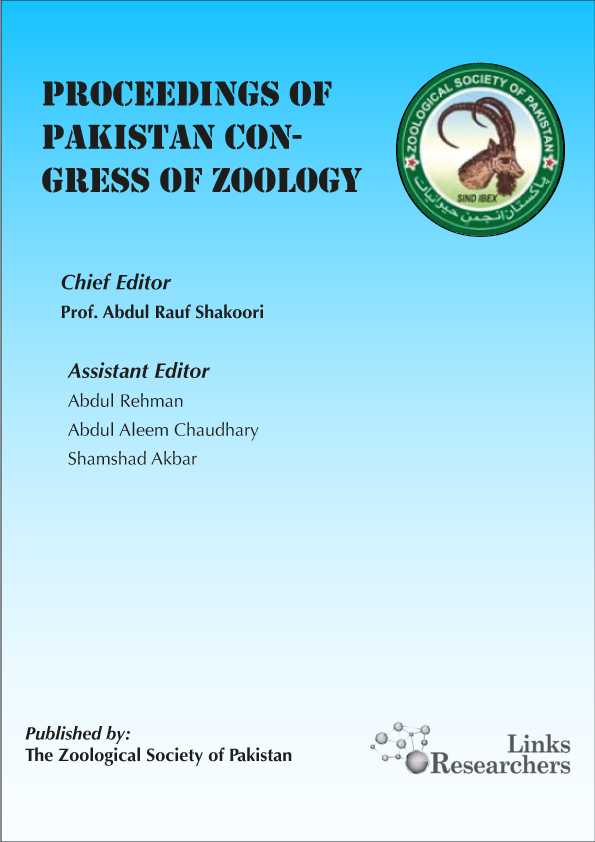Muhammad Zahid1, Muhammad Hamid Bashir1*, Bilal Saeed Khan1 and Muhammad Shahid2
Muhammad Basit1, Shafqat Saeed2, Mushtaq Ahmad Saleem3, Rana Zulfiqar4
Marryam Bakhtawar1, Qamar Saeed1* and Naeem Iqbal2
Saqib Ali1, Suliman Ali1, Lina1, Wen Zhou1, Muhammad Irfan Waris1, Ashfaq Ali2 and Man Qun Wang1,*
Neerja Agrawal, Mukesh Srivastava, Akhilesh Tripathi and Amrendra Singh
K.N. Ahmed, S.H.A. Pramanik, M. Khatun A. Nargis M. R. Hasan
Palash Mondal1 , Amitava Konar2 and N. Johnson Singh3
1N. Johnson Singh, 2Amitava Konar and 3Palash Mondal
Bijan Kumar Das
S. Subharani, S. S. Thorat, N. Abem, L. Amit Kumar and T. K. Singh
Amitava Konar, Palash Mondal and N. Johnson Singh
M. S. A. Mamun and M. Ahmed
Amitava Konar, Kiran A. More and Pradip Mondal
S. Patra, V.W. Dhote, SK F. Alam, B.C. Das, M.L. Chatterjee and A. Samanta
Goutam Samui and S. Jha
V. N. Jalgaonkar, M. S. Gawankar, V. W. Bendale and P. D. Patil
S. Pal and I. Sarkar
Imran Ali Rajput1*, Tajwer Sultana Syed1, Ghulam Hussain Abro1, Imran Khatri1 and Abdul Mubeen Lodhi2
Phong Huy Pham*
Muhammad Zahid1*, Muhammad Ather Javed Khan2, Muhammad Idrees3 and Ahmad Kamran Khan4
Muhammad Jamal Nasir*, Anwar Saeed Khan and Said Alam
Ayesha Bibi*, Musharaf Ahmad and Shaukat Hussain
Akhlaq Ahmad, M. Anwar Arain*, Rahila Nazli**, Syed Anser Rizvi***,
Mubarik Ahmed* and Farzana Ibrahim****
Corresponding author: [email protected]
Amir Khatam*, Sher Muhammad and Ijaz Ashraf**
Mian Sabahatullah*, Manzoor Ahmad Mashwani**, Qurratul Ain Tahira* and Mian Inayatullah*
Muhammad Mohsin Raza*, Muhammad Aslam Khan*, Irfan Ahmad**, Ali Ahsan Bajwa***, Hafiz Muhammad Usman Aslam*, Badar Ahsan Ullah****, and Kashif Riaz*
Muneeb Zafar*, Tahir Mehmood**, Irfan Ahmad Baig**, Abdul Saboor** Mazher Abbas***, Shumaila Sadiq** and Khalid Mahmood****
Farid Asif Shaheen*, Sadia Parveen*, Ahmed Zia**, Ghulam Qadir*,
Mureed Husain*** and Rifat Ullah Khan****
Syed Waqar Shah* and Muhammad Ather Rafi*
Muhammad Fiaz1*, Muhammad Afzal1 and Muhammad Zeeshan Majeed1,2
Muhammad Shoaib Saleem*, Muhammad Faheem Akbar, Amjad Sultan and Saqib Ali
Muhammad Haroon Hullio1,4, Abdul Ghani Lanjar2, Abdul Rahman Dhuyo3, Imran Khattri4 and Agha Mushtaque Ahmed4*
Jam Ghulam Mustafa Sahito1*, Tajwer Sultana Syed1, Ghulam Hussain Abro1 and Inayatullah Rajper2
Saima Siddiqui1*, Ghulm Hussain Abro1, Tajwar Sultana Syed1 and Abdul Sattar Buriro2
Mohsin Iqbal1, Farid Asif Shaheen1*, Farah Naz2, Muhammad Usman Raja2, Muhammad Fiaz3 and Muhammad Nadeem1
Muhammad Latif2, Muneer Abbas1*, Faisal Hafeez2 and Dilbar Hussain2
Tanzeela Riaz*†, Farah Rauf Shakoori, Syed Shahid Ali
Zubair Ahmed#, Muhammad Farhanullah Khan, Habiballah Rana*
Among these, maize weevil, Sitophilus zeamais is one of the most threatening
pests. Botanical insecticides derived from plants have increased popularity in
stored products protection due to ecological concerns and insect resistance to
chemical insecticides. In these regards, a study were carried out to evaluate
...
Abdul Khaliq1, Muhammad Irfan Ullah1,*, Muhammad Afzal1, Akhlaq Ahmad2 and Yasir Iftikhar3
Azam Ali* and Amjad Farooq
Sadaf Rahim and Mudassar Iqbal*
Usman Zubair1*, Anjum Shehzad2, Muhammad Ishaque Mastoi3 and Khalid Mahmood1
Muhammad Arshad1, Muhammad Irfan Ullah1*, Muhammad Afzal1, Mian Anjum Murtaza2, Ejaz Ahraf3, Zahoor Hussain4, Syed Muhammad Ali Zahid1 and Maryam Riaz1
Muhammad Shahzad Akbar*, Maria Aslam, Muhammad Rehan Khalid, Shahid Iqbal, Muhammad Luqman and Muhammad Zeeshan Majeed
Muneer Abbas1*, Muhammad Ramzan1, Niaz Hussain1, Abdul Ghaffar1, Khalid Hussain1, Sohail Abbas2 and Ali Raza3
Asim Munawar1,2*, Farooq Ahmad1, Aqsa Arshad1, Muhammad Ishaque Mastoi3 and Chengjuan Liang4













